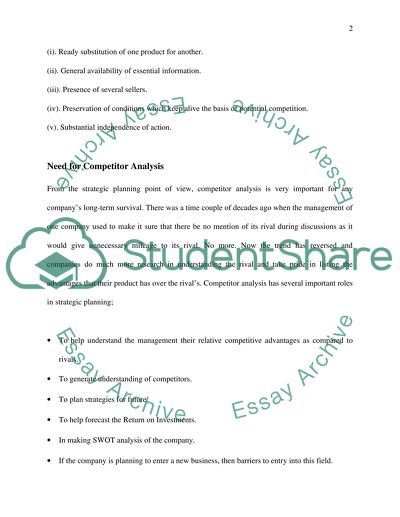Cite this document
(The Vitality of Competitor Analysis: The Case of Tesco Study, n.d.)
The Vitality of Competitor Analysis: The Case of Tesco Study. Retrieved from https://studentshare.org/marketing/1528034-competitor-analysis-assignment
The Vitality of Competitor Analysis: The Case of Tesco Study. Retrieved from https://studentshare.org/marketing/1528034-competitor-analysis-assignment
(The Vitality of Competitor Analysis: The Case of Tesco Study)
The Vitality of Competitor Analysis: The Case of Tesco Study. https://studentshare.org/marketing/1528034-competitor-analysis-assignment.
The Vitality of Competitor Analysis: The Case of Tesco Study. https://studentshare.org/marketing/1528034-competitor-analysis-assignment.
“The Vitality of Competitor Analysis: The Case of Tesco Study”, n.d. https://studentshare.org/marketing/1528034-competitor-analysis-assignment.


